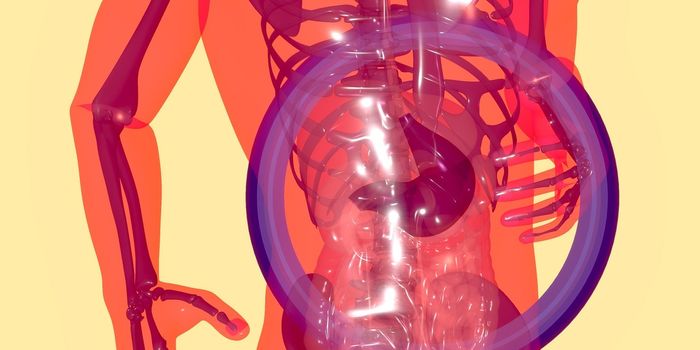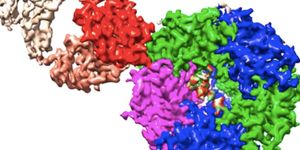Can Microrobots Deliver Chemotherapy Directly to a Tumor?
Microrobotics, also called microbotics, is a field of study focusing on miniature robotics capable of carrying tiny components. Recent advances in microrobotics have demonstrated promising data for targeted drug delivery. Bacterial-mediated cancer therapies have also become popular in cancer and engineering research. “Biohybrids ,” manufactured units that couple a microrobotic mediator to the surface of a bacteria, has a great potential to shape drug delivery in cancer patients. The flagellum on the bacteria enables self-propelling movement while the microrobot carries small-scale material.
While the technology involved in microrobots, biohybrids, and bacterial-mediated cancer therapies is fascinating, these tools are yet to reach their full potential. Improvements in motility and efficiency could significantly enhance the feasibility of using this technology in a mainstream clinical setting.
A recent report in Science Advances has addressed some of the current limitations of biohybrid systems. The study proposes a novel bacterial-mediated, magnetically driven system for chemotherapy delivery. The authors attest that their design allows microrobots to drop chemotherapy directly into the tumor, thereby providing more efficient cancer-killing efficacy and minimizing toxic effects on healthy tissue.
The researchers added two critical enhancements to E. coli bacteria: a liposome and a magnetic particle. They bound nanoliposomes, lipid-based vesicles capable of holding small amount of drug, provided the chemotherapeutic storage and transport component. Adding a magnetic nanoparticle allowed external control of the biohybrid’s movement.
The researchers upgraded their drug delivery system with a series of important modifications to improve the efficacy. Additionally, to attach the bacteria to the magnetic particle and nanoliposome, the researchers enlisted a specialized technique of binding using streptavidin-biotin coupling. This binding technique ensured a firm attachment of the necessary components of the drug delivery system. Indeed, almost 90% of the bacterial biohybrids regained attachment of both the magnetic particle and the nanoliposome.
The ability to direct the biohybrid to a tumor would significantly enhance the efficacy of the drug delivery system. To test the feasibility of this biohybrid in a laboratory setting, the researchers used magnetic gradients and a colon tumor spheroid , a three-dimensional in vitro model system that mimics the tumor microenvironment. Under the control of a magnetic field, the researchers could steer the biohybrids through complex biological matrices directly towards a spheroid.
The researchers also added a photothermal agent called indocyanine green (ICG), a fluorescent dye with various medical uses, into the nanoliposome vesicle. The photothermal properties of ICG allow it to regulate the release of chemotherapy. Because the chemotherapy is stored in the vesicle along with the ICG, when a laser is pointed at the nanoliposome, the ICG facilitates drug release.
The authors conclude that their work provides a “multifunctional microrobotic platform for guided locomotion in 3D biological networks and stimuli-responsive delivery of therapeutics for diverse medical applications.” Further study and optimization of this drug delivery system for clinical use could uncover highly effective treatment options for cancer patients.
Sources: Front Robot AI, Science Advances, Front Bioengineer Biotech, Front Mater, Methods Mol Biol









